Are you frustrated by low production processes coupled with hefty costs? The 3D printing applications will turn your troubles into triumphs with lower expenses, faster results, and frequent opportunities to yield unlimited customizable prototypes.
Yes, this kind of sophisticated technology is considerably beneficial when incorporated in healthcare, manufacturing or designing industries. In this post, we will provide insights on 3D Printing applications in 2025, so that you stay updated and remain competitive while providing intelligent solutions to real problems. So, let’s dive in!
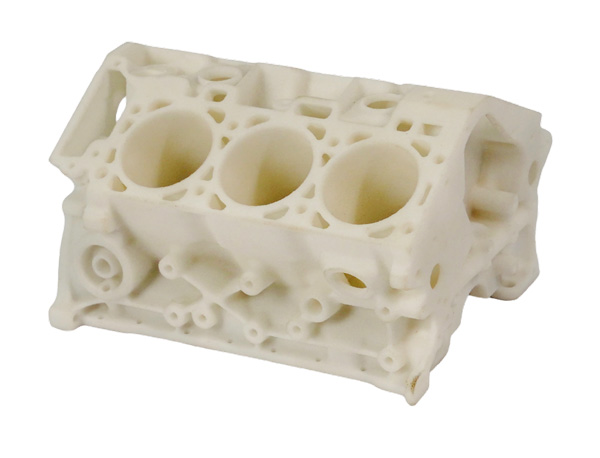
1) 10 Applications and Examples of 3D Printing in Different Industries
What are the applications of 3D printing? Ok, the productivity lost due to long wait times and excess material waste has now been greatly reduced due to the introduction of advanced technologies like additive manufacturing. Essential medical devices like implants or aeroplane components can now be manufactured effortlessly through additive manufacturing with tools printers.
Let’s explore ten applications of 3D printing.
i) Medical
The use of 3D printing technology has revolutionised several facets of the healthcare industry, including the design and manufacture of bespoke equipment and devices such as surgical instruments.
The design process increasingly involves designing and creating parts that improve comfort, fit, and success rates. During medical emergencies or shortages, 3D printers also assist in the rapid production of vital devices.
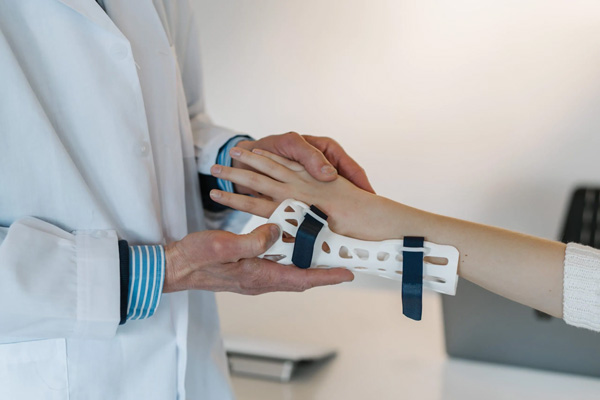
Examples
- Prosthetics that are modified for each individual.
- Surgical guides are utilised for complicated surgeries.
- Bone implants are tailored to an individual’s body structure.
- Models for organ replicas are used in surgical procedure scrubs.
- Bone anchors that can be custom-fitted to a person’s anatomical needs, such as joints or spinal bones.
ii) Aerospace
Every ounce counts when it comes to aerospace. 3D printing assists engineers in making parts with greater strength while substantially reducing weight. Construction undergoes major alterations as a result of this improvement, allowing engineers to create designs outside of traditional methods.
Advanced internal structures, which were once deemed impossible, can now be created easily.
Examples
- Parts of an engine with intricate internal cooling passageways
- Brackets and support elements that are lightweight for use in aviation
- Components of a satellite having a high level of accuracy and intricate, detailed geometries
- Narrow space ducting system for the control of fluids or ventilation of trained spaces
iii) Automotive
Car manufacturers are adopting 3D printing technologies to design and test more quickly. You can make and rapidly evaluate car components, redesigning within tight timeframes.
Some businesses have even adopted this technology for creating final parts for special editions or limited production models. This method is efficient as it is time sensitive, cost-effective, and conserves material.
Examples
- Special order jigs are made for precision assembly and quality control assessment of cars manufactured in-house
- Fabricated components for vehicles out of production or discontinued manufacturing, pre-owned or rare models
- Reduced mass structures engineered for motor racing vehicles, as well as electric automobiles
- Models created are used for interior trims, including serving vents, dashboards, and other components
iv) Architecture and Construction
Not only does 3D printing currently serve the architectural industry with models, but today it is possible to print full walls, entire houses, or sophisticated portions of buildings with ease. Moreover, it helps save time while also lowering costs associated with labour as well as minimising waste.
Additionally, it enables construction in areas where skilled labour is hard to find or would take too long when done by hand.
Examples
- 3D-printed concrete houses developed in a few days.
- Models are created for the purpose of presenting building concepts to customers.
- Custom facades, tiles, and columns are examples of decorative elements
- Internal walls or supportive beams are examples of construction parts
- Shelters that can be constructed immediately within the area, which is far away from places with resources or those that have recently undergone disasters
v) Consumer Products
Through fashion as well as home design, 3D printers offer designers the chance to make unique, tailored products. There is no need for mass production; therefore, no need for an inventory cupboard. On-demand printing will fulfil requests right when they are made.
High-value personalised items can be easily formed on customers’ request. Moreover, it is reducing waste through improved variety.
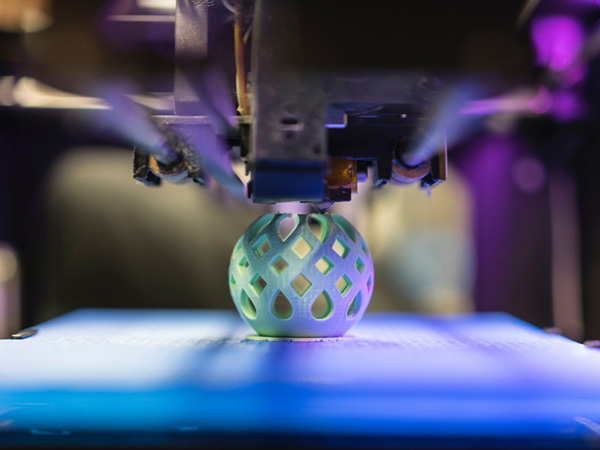
Examples
- Phone cases with custom-carved designs and textures
- Designed eyeglass frames that match the client’s facial features and style
- Footwear, including corrective shoes as well as orthotics, specifically moulded to individual feet
- Handcrafted style but using a machine for precision while making home decor like sophisticated artistic jewellery, Kitchen gadgets
- Decorative vases, sophisticated low-value lamps, holders, and much more of the home decor
vi) Education and Research
3D Printing makes it easier for educators to teach concepts by allowing them to print physical models that learners can work with instead of relying only on images during lessons. So, learning becomes simpler, more enjoyable as well and interactive.
In addition to the grade school classrooms, 3D printing also enables rapid iteration in research labs for testing new concepts almost instantly.
Examples
- Biology and health classes can use models of organs or bones.
- For chemistry lessons, teachers can print molecules, atoms, or compounds.
- Students can learn geography or history through historical buildings or landmarks.
- Custom lab equipment and devices are built on demand.
- Inventions by students, such as science fair projects or engineering, are done with customised 3D printers.
vii) Manufacturing
A question can arise in your mind: Can we expect 3D printing applications in manufacturing? Yes, in manufacturing sectors, 3d printing applications increase the pace and efficiency of production processes. Specialised tasks or custom orders become easy to do, even full-scale factories within startups that do not require huge spaces.
Additionally, bespoke tools and parts prototypes can be created quickly without needing massive infrastructure, while enabling entrepreneurs and sidelined innovators to have design freedom. Now, we are clear on how 3D printing is used in manufacturing. Alright!
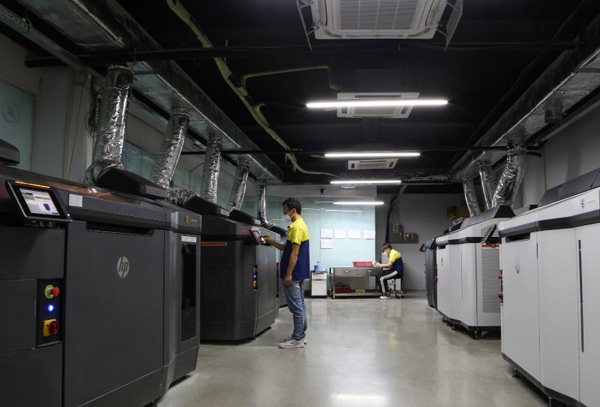
Examples
- Molds and tools applied in casting, forming or injection moulding
- Parts are manufactured in low-volume production for specific functional requirements
- Repair parts are produced for machinery to minimise servicing time
- Advanced prototypes are created and tested before mass production begins
viii) The Food Industry
Yes, now food can be printed! While this sounds like science fiction, 3D food printers actually exist today. Chefs are able to design intricate shapes, textures, and layers, which aid in high-end restaurants. It also helps prepare meals for people with special dietary needs or health conditions.
Additionally, this technology minimises food waste by optimising ingredient usage.
Examples
- Chocolate art pieces with intricate and elaborate designs.
- Designing pasta and dough for fun, creativity, or to expedite cooking.
- Normal-looking puree meals for those who require assistance while swallowing.
- Event-customised desserts, branding specific ingredients, or themed dinners.
- Printed bars and snacks tailored to specific nutrition needs with precise portions and calculated ingredients.
ix) Fashion and Accessories
Innovative strides within fashion are being made with the help of 3D printing technology. Now, clothes, shoes, and even accessories can be designed in a fraction of the time it would take to make them by hand.
This development has also made on-demand fashion possible; there’s no longer a need for mass-production stockpiles or long lead times before the actual order is released.
Examples
- Fashionable smart gadgets encompassing stylish frames that have sensors embedded within have exploded onto the market as wearables.
- Fashion jewellery produced includes decorative buttons alongside traditional rings and bracelets that serve multifunctional purposes as accessories to elevate an outfit’s style.
- Art pieces integrated in costumes for movies, fashion shows, and exhibitions have evergreen value, which is ornamental yet timeless.
x) Robotics and Electronics
Developing a robotic system or electronic gadget now takes significantly less time due to readily available parts.Yes, these parts can be printed within days instead of waiting weeks, thanks to 3D printers.
Every individual component can now freely undergo multiple iterations without enduring cumbersome processes.
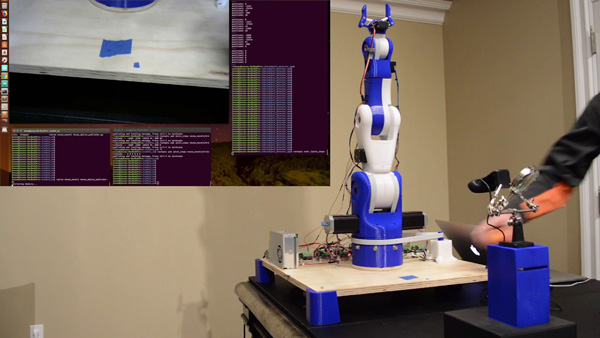
Examples
- Precise cutting arms and hands, along with body frames, are robot-specific
- Parts of drones are created to have strength and flexibility while being lightweight
- Solders or glasses are placed in custom-designed cavities in PCBs, scanners, and camera enclosures
- It is possible to quickly build components, housing, and board holders for circuits.
- Joints, gears, and other movable mechanical robotic systems parts that serve to automate tasks.
2) Why Are These Industries Adopting 3D Printing?
As printing three-dimensionally becomes widely accepted, more industries have started adopting it for practical reasons. Issues, not just having tools, but resolving old problems, remain fundamental across multiple sectors.
Outlined below are the key observations why three-dimensional printing technology is becoming a favourite choice across more than one sector:
- Lower Costs Of Production: Expenses of setting up molding and construction work are no longer present, which has eased the shipment process. It can greatly aid small businesses that would like to ship products, such as in healthcare or for startups and tenders.
- Lower Waste: No oversized amounts of material will go unused due to mannered production.
- Minimal Material Waste: The process of 3D printing uses materials sparingly and only as needed. Compared to carving parts through cutting or milling, there is much less waste in 3D printing.
- More Design Freedom: The Production process does not constrain you anymore. You can now incorporate intricate details that were not possible before, along with complex shapes and even internal channels.
- On-Demand Production: No need for large storage facilities or bulk purchases. Items that are required can be printed on the spot, which effectively manages supply and demand.
- Efficient for Small Runs: For a few parts that require printing, it becomes cost-effective. This is beneficial for small businesses or customised projects because it eliminates the need for large factories.
- Faster Design Changes: In case something does not work out, you have the option to change it and print the revised version within hours. Therefore, it also helps eliminate lengthy developmental delays.
- Supports Innovation: Revolutionary ideas could be come up with more easily as technology has no limitations, unlike traditional approaches used previously, due to 3D printing helping design new, lighter, and stronger components.
3) Use LTC Proto to Achieve the Best 3D Printing Applications
LTC Proto stands out for accuracy with speed when needing high-quality 3D printing services, enabling the precise production of required parts swiftly and economically. Well, it makes LTC Proto an ideal partner, turning your visions into reality while removing creative barriers.
Modern Solutions for Diverse Requirements
Using advanced 3D printing techniques, LTC Proto employs SLA, SLS, FDM and MJF. This makes it possible for us to tackle everything from intricate prototypes to durable components meant for actual use. The processes are efficient and precise, whether you require a single unit or several units.
Why Choose LTC Proto?
As noted above, customers get unrivalled attention throughout the project. The assistance ranges from selecting materials to final touches. Also, thanks to nylon, ABS and several other materials, the company is capable of offering all finishes, enabling tailored solutions.
Some examples of 3D printed parts by the company
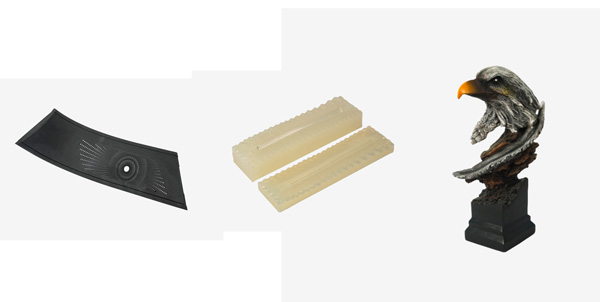
- Easy to work with
The process of interacting with LTC Proto is quite easy. Clients upload CAD files directly onto our site, where they can instantly get free quotes and anticipated delivery times within several days.
During these days, watchful eyes are provided so every design is fully implemented step by step, fully ensuring the optimisation claimed by your instructions. From initial concept to finished parts, LTC Proto assists with expert service.
4) The Future of 3D Printing and Its Emerging Applications
3D printing is on the rise, and the outlook looks very bright. A number of new ideas are turning into viable projects, so expect that these changes will be part of your daily routine. So, what does the future of 3D printing look like?
- Mass Customisation Will Become The Norm
Products such as shoes, eyeglasses, and even some medical devices will be entirely tailored for you. Companies that manufacture them by 3D printers will produce these customised products efficiently and economically.
- Eco-friendly Manufacturing
This technique can result in less waste disposal as well as less resource consumption. This will be widely adopted by most businesses as a means to reduce their ecological footprint while promoting sustainable development.
- QEasier Access to Technology
Students, hobbyists, or small businesses are bound to make use of brand new 3D printers, which are now not only cheap but very easy to operate.
- A Big Shift in How We Live
3D printing is ready to challenge our lives directly, ranging from clothing, housing, automobiles, crafting, and what we consume. Even shaping smart technology into wearables and altering how we interact with our environments in ingenious, innovative ways daily.
5) Summary
Okay, so we covered what are the applications of 3D modeling and printing in real life. Well, 3D printing is revolutionising numerous industries through increased speed, cost efficiency, and limitless design opportunities. 3D printing applications are continuously growing, spanning from healthcare and aerospace to fashion and food.
With reliable partners like LTC Proto, we can rapidly and effectively transform your concepts into tangible products. The advancement of technology will continue to foster innovation in daily life. This is the ideal moment to take advantage of 3D printing technology and understand how it can change your approaches towards creation.
